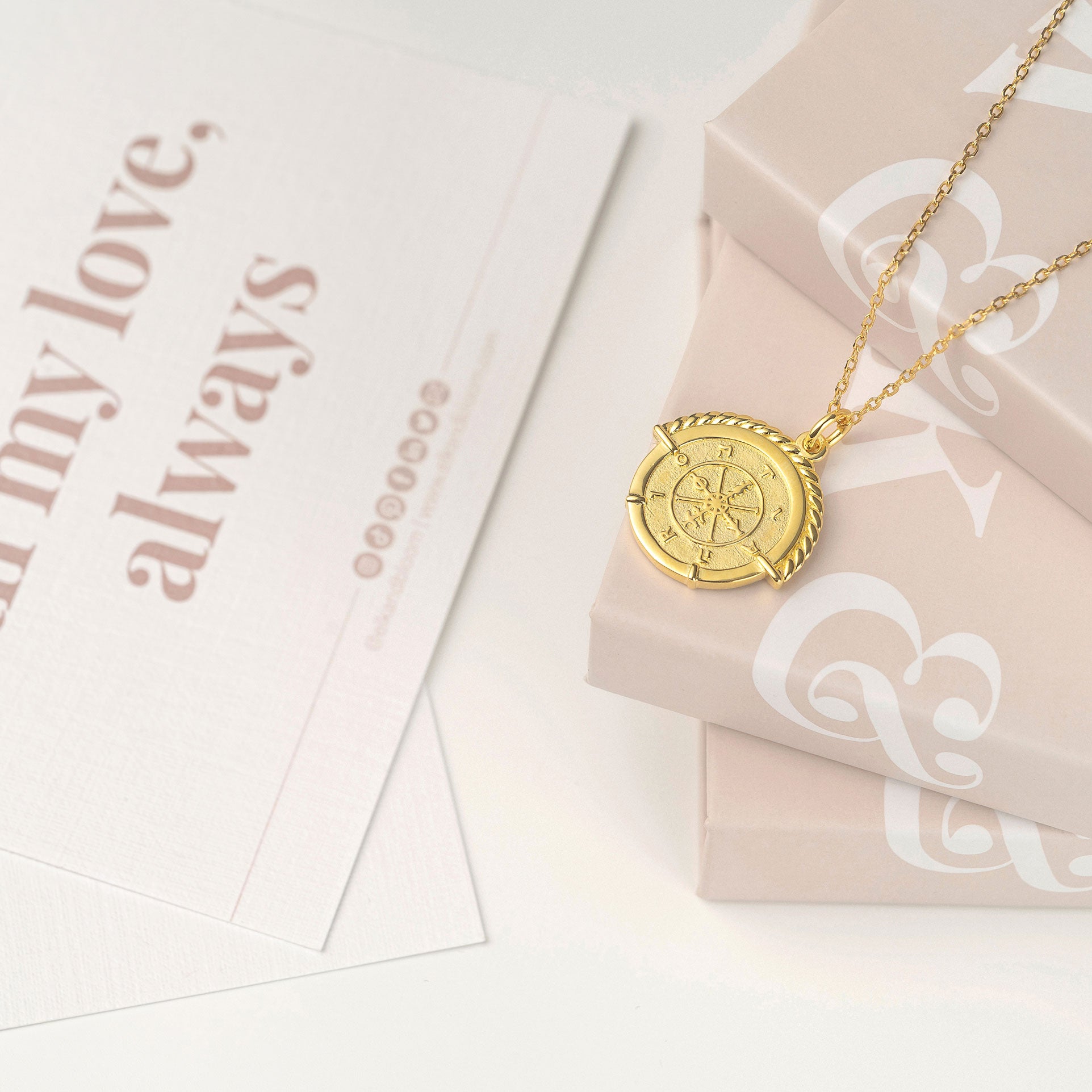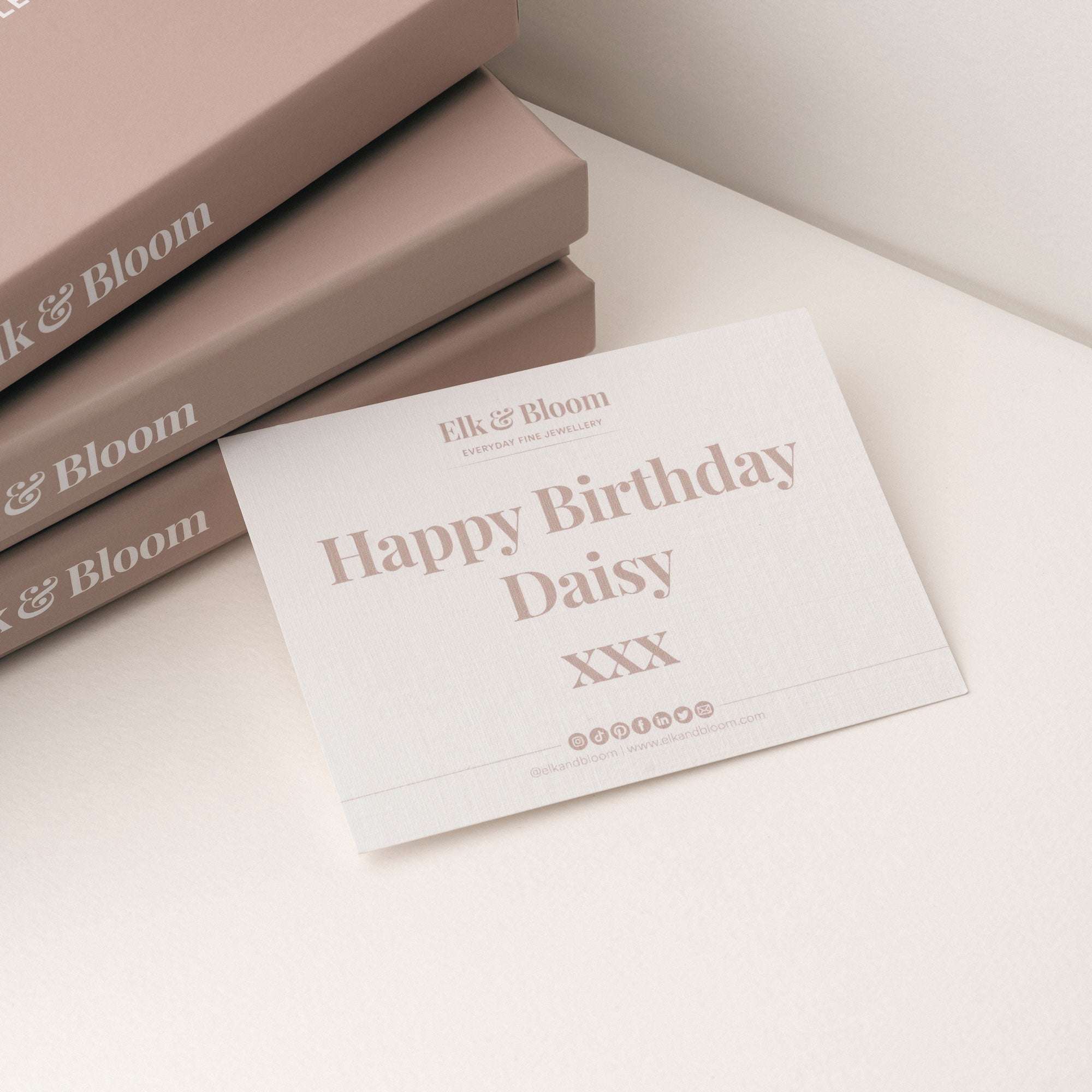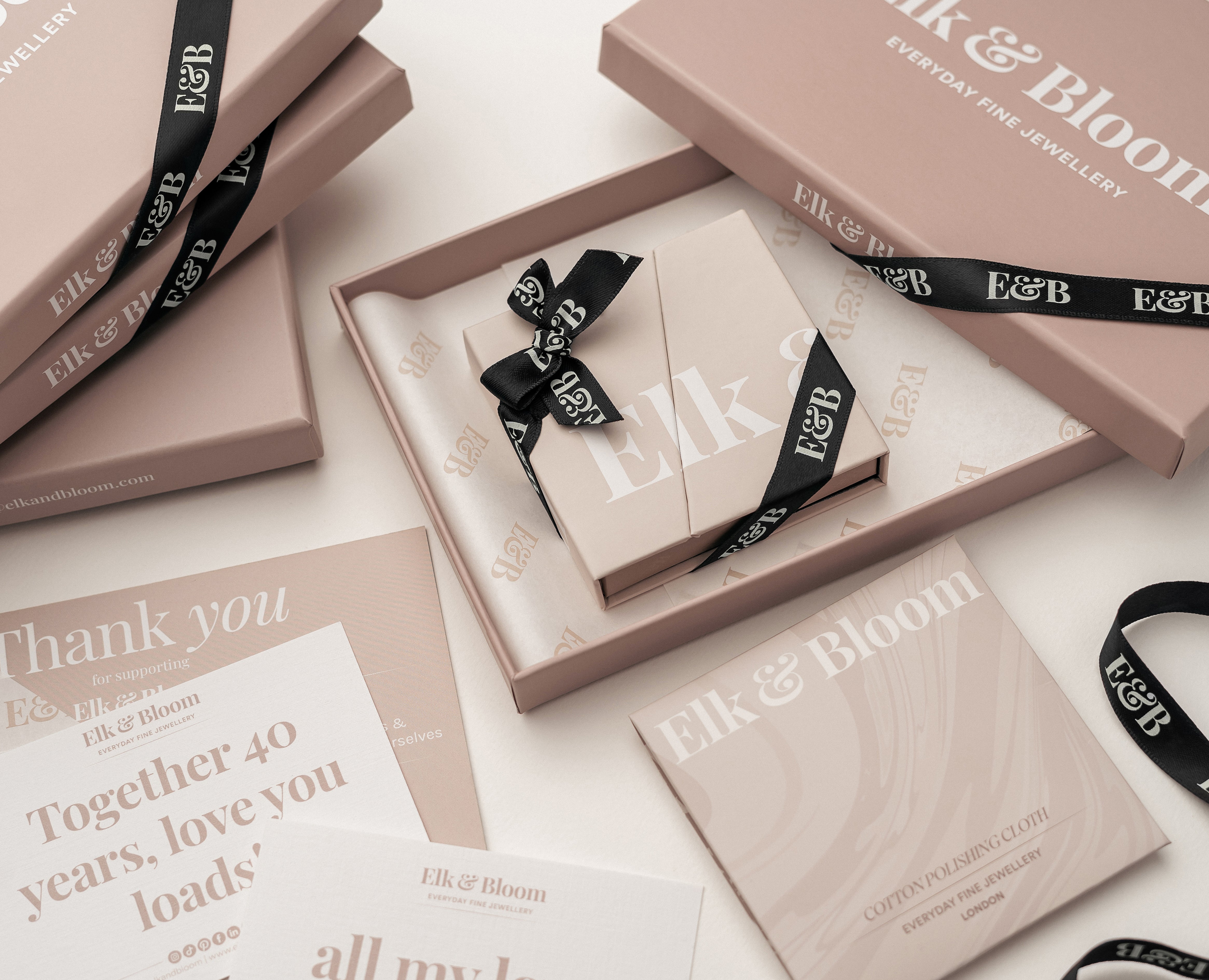I’m sure you’ve heard about “karats” when people talk about gold, but what does it really mean? It’s one of those terms that gets thrown around a lot, especially when shopping for jewellery. Here's what you need to know to help you find those perfect gold huggie hoop earrings or that stunning gold pendant necklace.
What does karat mean in gold?
Let’s start with the basics! A karat in gold refers to its purity. It’s different from the “karat” used in diamonds, which measures weight. When we talk about karats in gold, we’re talking about the amount of pure gold in a piece of jewellery compared to other metals that might be mixed in. The higher the karat, the purer the gold. So, karats are your handy guide to knowing just how much gold is in that shiny new piece of jewellery.
How many karats is pure gold and what karat gold is best?
Often people ask me, what is the highest karat of gold and what is 24 karat gold. Pure gold is 24 karats, which is the highest karat of gold, so if you see something labelled 24k, it’s made from 100% gold, with no other metals mixed in. Because it’s the highest purity you can get, it makes it valuable but also pretty soft. That softness means pure gold can easily bend or scratch, which is why it’s not always the best choice for everyday jewellery. It’s also worth noting that while pure gold is naturally hypoallergenic, mixing it with other metals can cause reactions, so for me, and before E&B, I was always checking the karat and metal compositions, to make sure they would be hypoallergenic and safe for sensitive ears.
What are the types of gold karat?
There are several common gold karat types you’ll come across when shopping for fine jewellery, each with its own blend of gold and other metals. Let me break down the seven main types for you:
-
24k Gold: As I mentioned earlier, this is pure gold — 100% gold. It has a bright yellow colour but is very soft and not ideal for daily wear.
-
22k Gold: This is about 91.6% gold with a small mix of other metals like copper or silver. It’s still soft but a bit more durable than 24k gold.
-
18k Gold: A popular choice for fine jewellery, 18k gold is 75% pure gold and 25% other metals. It has a lovely balance of purity, colour, and durability.
-
14k Gold: Made up of 58.3% gold, this karat is more affordable than 18k gold and much stronger. Its durability makes it perfect for everyday wear.
-
12k Gold: At 50% gold and 50% alloy metals, 12k gold is pretty rare in jewellery. It’s more of a niche option but still retains that golden glow.
-
10k Gold: Containing 41.7% gold, 10k is one of the least pure forms of gold you’ll find in most jewellery stores. It’s extremely durable, but the lower gold content gives it a paler yellow colour.
-
9k Gold: This type of gold is just 37.5% gold, which makes it very affordable but quite pale compared to higher karat types. It’s also very durable, often used in budget-conscious jewellery lines.
What is a gold alloy?
A gold alloy is what you get when pure gold is mixed with other metals to make it stronger and more suitable for everyday use. Metals like silver, copper, zinc, and palladium are commonly added to create different colours and levels of durability. If you have sensitive skin like me, you’ll want to avoid nickel, as it’s one of the most common metal allergens. I always check if the white gold is plated with rhodium, which adds a hypoallergenic layer and makes it safer for sensitive wearers. Rose gold, on the other hand, gets its pinkish hue from copper, which is generally safe but can cause reactions in some people.
What is gold plated jewellery?
Gold plated jewellery is an affordable way to enjoy the look of gold without paying for solid gold. It’s made by applying a thin layer of gold onto a base metal like copper, brass, or silver. While gold plated jewellery gives you the appearance of solid gold, the thin gold layer can wear off over time, exposing the base metal underneath. This is especially important if you have sensitive skin, as the base metals in gold-plated jewellery can cause allergic reactions. For those looking for hypoallergenic options, check out our range of hypoallergenic and tarnish free jewellery at Elk & Bloom.
What is gold vermeil?
Gold vermeil is a higher-quality alternative to regular gold plated jewellery. To be classified as vermeil, the base metal must be sterling silver, and the gold layer must be at least 2.5 microns thick. This thicker layer of gold gives vermeil more durability and makes it a more hypoallergenic choice, thanks to the silver base. If you have sensitive skin or need earrings safe for sensitive ears, but still want affordable luxury, gold vermeil is a fantastic option, combining the lustre of gold with skin-safe, nickel free materials.
What is the best type of gold to buy for jewellery?
If you’re prone to allergies, the best gold options for hypoallergenic jewellery are higher karat golds, like 18k or 22k, as they contain more pure gold and fewer alloy metals. Gold vermeil is also a great choice for affordable, skin-friendly pieces. Avoid lower karat golds, especially 10k or 9k, as they have higher percentages of mixed metals that can trigger skin reactions. I always look for nickel-free, tarnish-free, and hypoallergenic labels when shopping for gold jewellery to keep your skin happy and healthy!
Hypoallergenic Jewellery: The E&B Guide to Gold Jewellery Karats & Jewellery for Sensitive Skin
So, there you have it - pure gold is 24 karats, but depending on your needs, there are various karat options and gold plating techniques to fit your lifestyle and budget. For those with sensitive skin, sticking with higher karat gold, gold vermeil, or hypoallergenic options with no nickel will ensure both style and comfort.
Speak soon!
Dominique xx
